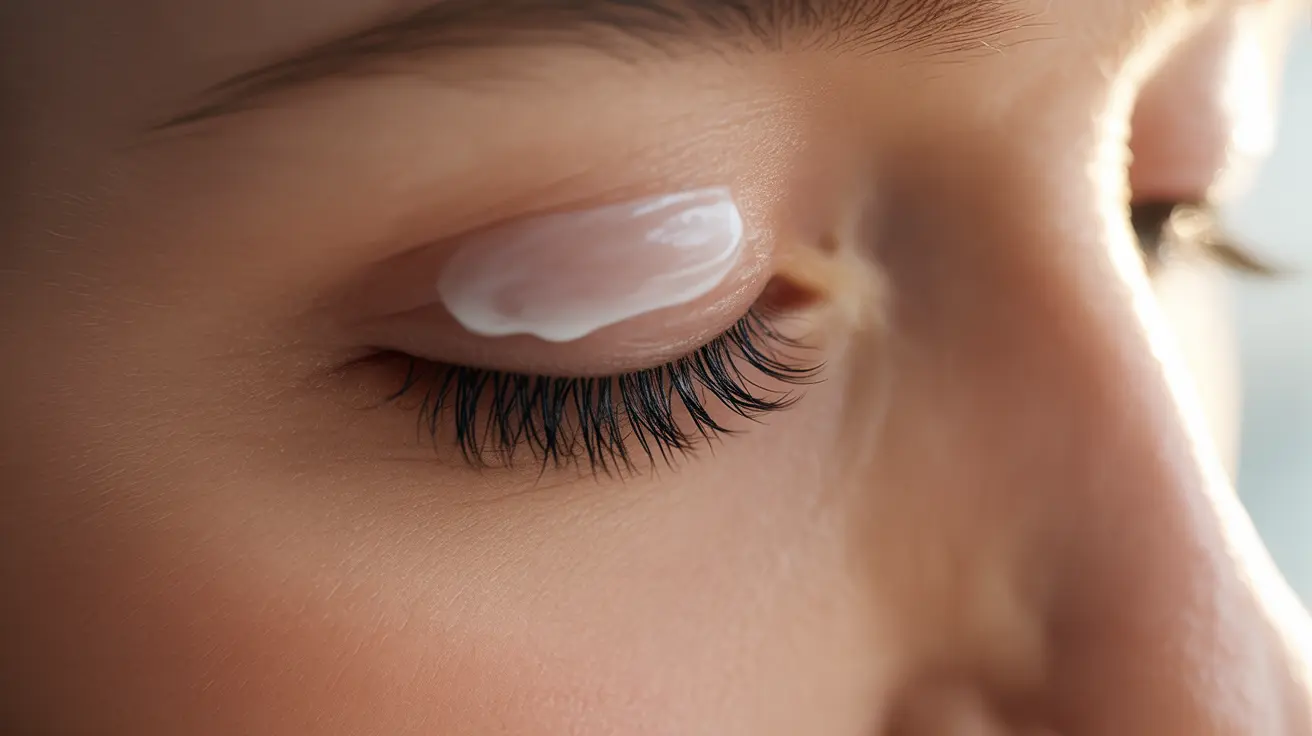Renal hypertension, also known as renovascular hypertension, is a serious condition where narrowed arteries leading to the kidneys cause high blood pressure. This condition affects thousands of Americans each year and can lead to significant kidney damage if left untreated. Understanding its symptoms, causes, and treatment options is crucial for early detection and effective management.
While renal hypertension can be challenging to detect in its early stages, recognizing potential warning signs and risk factors can help lead to earlier diagnosis and better outcomes. This comprehensive guide will explore the key aspects of renal hypertension and what you need to know to protect your health.
Understanding the Symptoms of Renal Hypertension
Renal hypertension often develops silently, but there are several potential warning signs to watch for:
- Persistent high blood pressure that's difficult to control
- Headaches, particularly in the morning
- Unexplained dizziness
- Changes in kidney function
- Fluid retention and swelling
- Shortness of breath
It's important to note that these symptoms may not appear until the condition has progressed significantly, which is why regular blood pressure monitoring is essential, especially for those at higher risk.
Diagnosis Methods and Testing
Healthcare providers use several methods to diagnose renal hypertension:
Physical Examination and Medical History
Your doctor will conduct a thorough physical exam and review your medical history, paying special attention to blood pressure readings and kidney function markers.
Diagnostic Tests
- Doppler ultrasound
- Magnetic resonance angiography (MRA)
- Computed tomography angiography (CTA)
- Blood tests to assess kidney function
- 24-hour blood pressure monitoring
Understanding the Causes and Mechanisms
Renal hypertension typically develops when the arteries leading to the kidneys become narrowed or blocked. This restriction in blood flow triggers the kidneys to release hormones that increase blood pressure, creating a dangerous cycle that can damage both the kidneys and the cardiovascular system.
Common Risk Factors
Several factors can increase your risk of developing renal hypertension:
- Advanced age (over 55)
- Smoking
- Obesity
- Diabetes
- High cholesterol
- Family history of cardiovascular disease
Treatment Approaches and Management
Treatment for renal hypertension typically involves a comprehensive approach:
Medication Options
- ACE inhibitors
- Angiotensin receptor blockers (ARBs)
- Calcium channel blockers
- Diuretics
Medical Procedures
In some cases, more invasive treatments may be necessary:
- Angioplasty and stenting
- Surgical repair of narrowed arteries
- Regular monitoring and adjustment of treatment plans
Lifestyle Modifications for Prevention and Management
Making certain lifestyle changes can help manage renal hypertension and reduce risks:
- Maintaining a healthy weight
- Following a low-sodium diet
- Regular exercise (with physician approval)
- Quitting smoking
- Limiting alcohol consumption
- Managing stress levels
Frequently Asked Questions
What are the common symptoms of renal hypertension and how can I recognize them?
Common symptoms include difficult-to-control high blood pressure, morning headaches, dizziness, and swelling in the body. However, many people may not experience noticeable symptoms initially, making regular blood pressure monitoring crucial.
How is renal hypertension diagnosed if most people do not show symptoms?
Diagnosis typically involves a combination of physical examination, blood pressure monitoring, imaging tests like Doppler ultrasound or MRA, and blood tests to assess kidney function. Doctors may also use 24-hour blood pressure monitoring to track patterns.
What causes renal hypertension and how does narrowing of kidney arteries lead to high blood pressure?
Renal hypertension is primarily caused by narrowing (stenosis) of the arteries leading to the kidneys. When blood flow to the kidneys is restricted, they release hormones that raise blood pressure in an attempt to increase blood flow, creating a cycle of increasing blood pressure.
What treatment options are available to manage renal hypertension and protect kidney function?
Treatment options include medications like ACE inhibitors and ARBs, lifestyle modifications, and in some cases, procedures such as angioplasty or surgery. The treatment plan is typically customized based on the severity of the condition and individual patient factors.
Can lifestyle changes help prevent or reduce the risk of renal hypertension?
Yes, lifestyle modifications can help prevent and manage renal hypertension. Key changes include maintaining a healthy weight, following a low-sodium diet, regular exercise, quitting smoking, limiting alcohol intake, and managing stress effectively.




